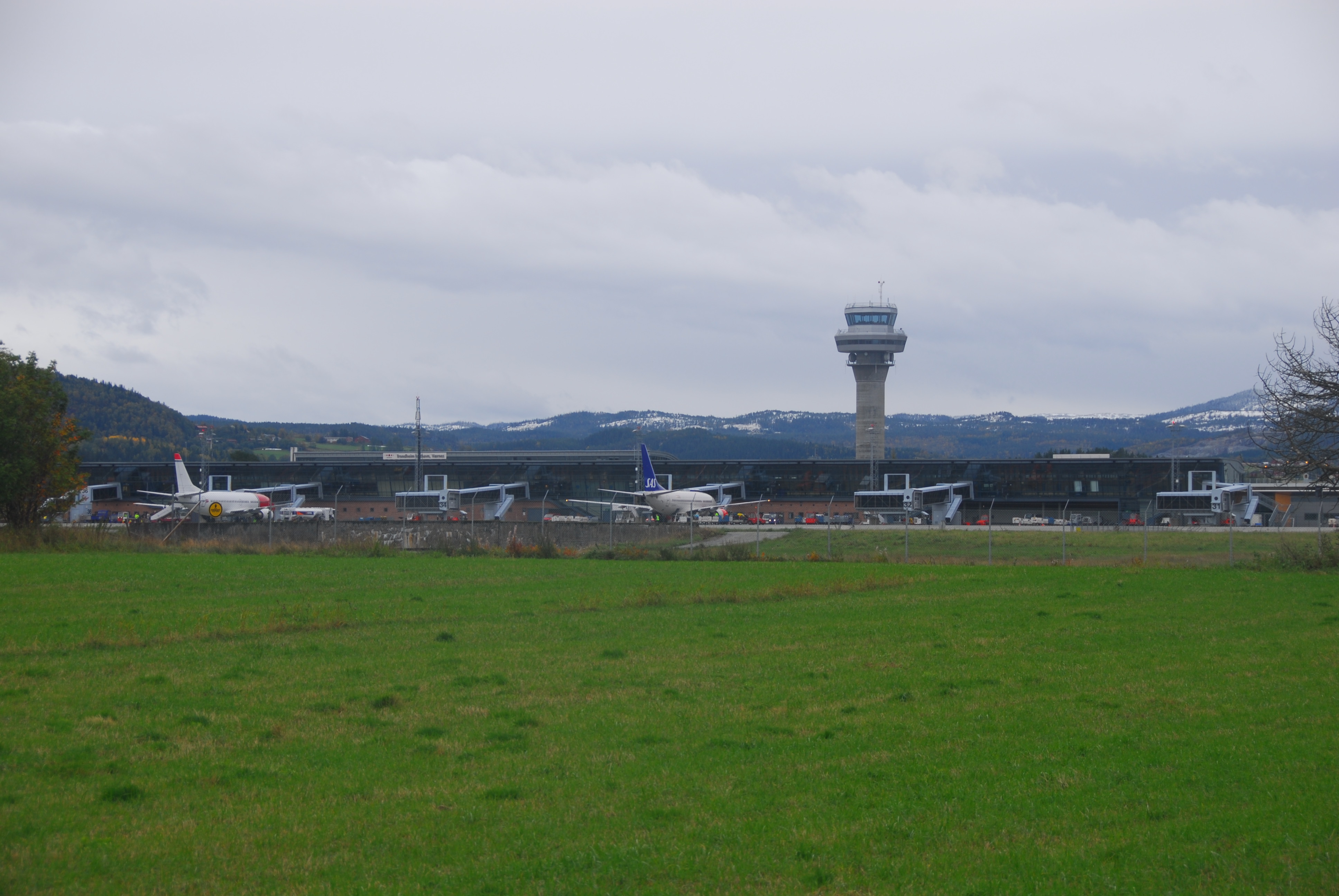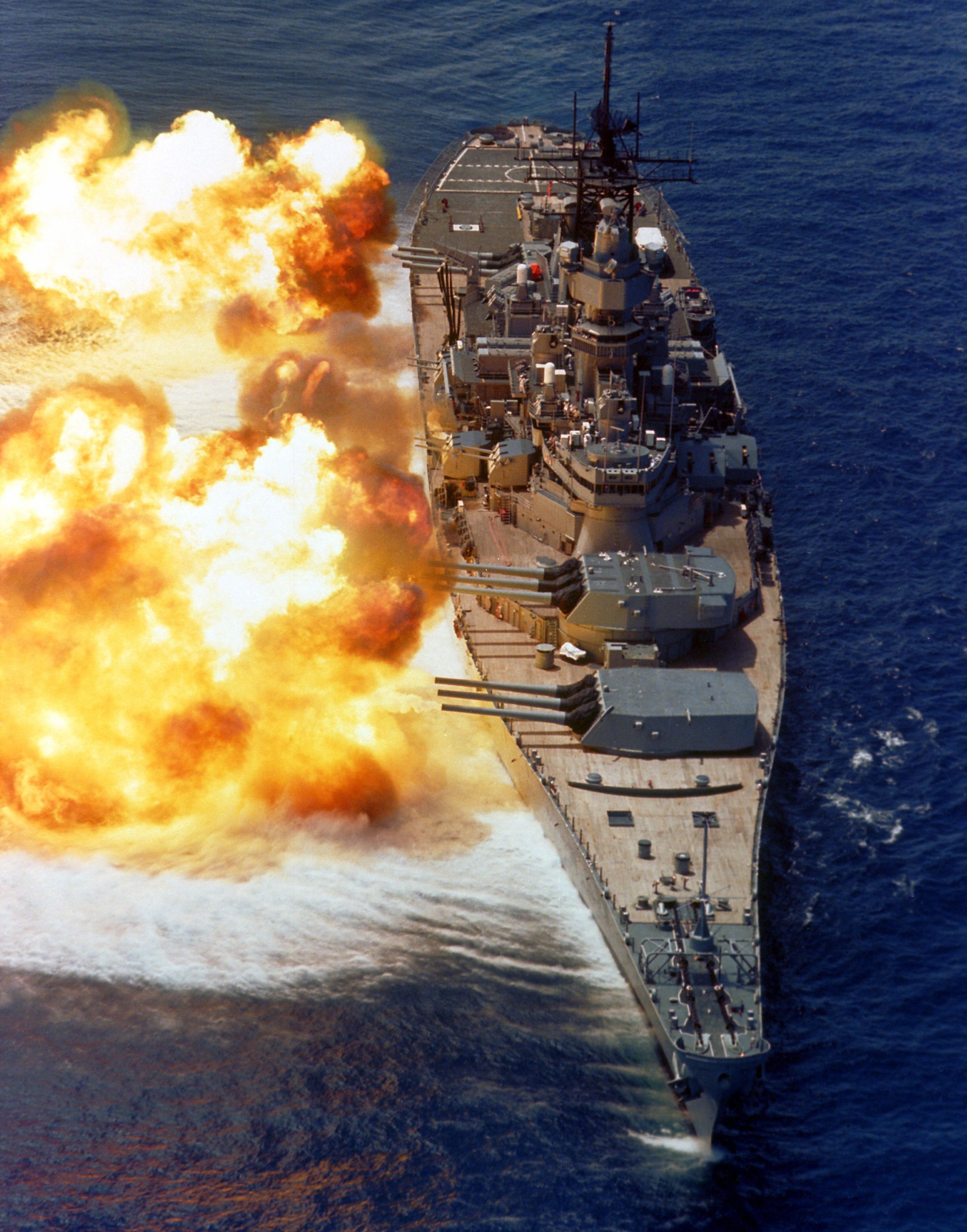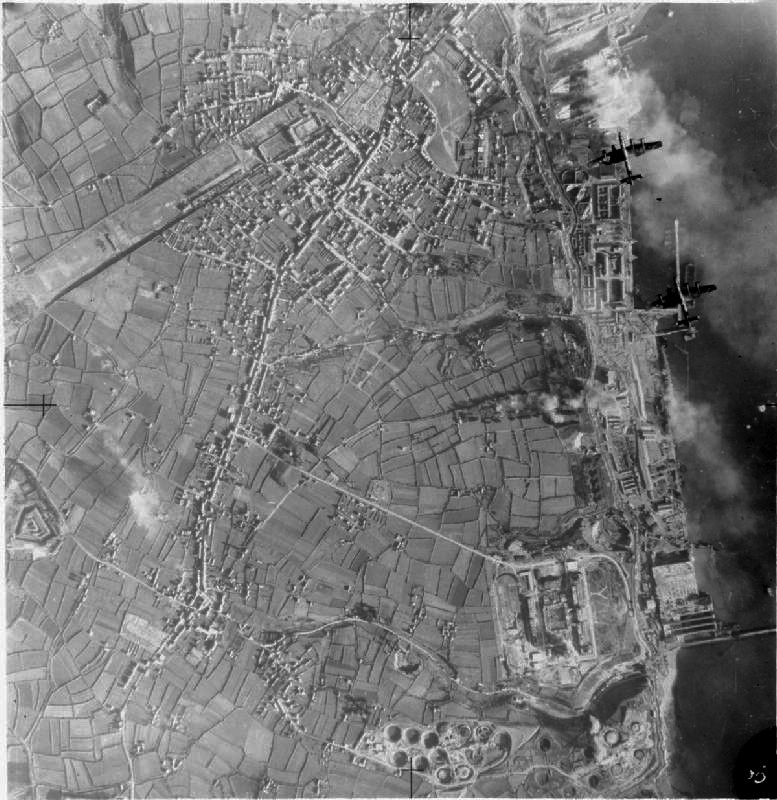|
JG 5
Jagdgeschwader 5 (JG 5) was a German Luftwaffe fighter wing during World War II. It was created to operate in the far north of Europe, namely Norway, Scandinavia and northern parts of Finland, all nearest the Arctic Ocean, with ''Luftflotte'' 5, created specifically to be based in occupied Norway, and responsible for much of northern Norway. Formation In 1942, the Luftwaffe reorganized its fighter units based in Norway and Finland. In this context, the new fighter wing ''Jagdgeschwader'' 5 (JG 5—5th Fighter Wing) was created, the wing was later referred to as "''Eismeergeschwader''" (Arctic Sea Fighter Wing). Creation of JG 5 happened in three stages, in January, March and July 1942. On 10 January, the ''Stab'' (headquarters unit) of '' Jagdfliegerführer Norwegen'' was detached and formed the ''Geschwaderstab'' of JG 5. At the same time a new Stab of ''Jagdfliegerführer Norwegen'' was created and placed under the command of '' Oberst'' (Colonel) Carl ... [...More Info...] [...Related Items...] OR: [Wikipedia] [Google] [Baidu] |
Fighter Aircraft
Fighter aircraft are fixed-wing aircraft, fixed-wing military aircraft designed primarily for air-to-air combat. In military conflict, the role of fighter aircraft is to establish air supremacy, air superiority of the battlespace. Domination of the airspace above a battlefield permits bombers and attack aircraft to engage in tactical bombing, tactical and strategic bombing of enemy targets. The key performance features of a fighter include not only its firepower but also its high speed and maneuverability relative to the target aircraft. The success or failure of a combatant's efforts to gain air superiority hinges on several factors including the skill of its pilots, the tactical soundness of its doctrine for deploying its fighters, and the numbers and performance of those fighters. Many modern fighter aircraft also have secondary capabilities such as ground-attack aircraft, ground attack and some types, such as fighter-bombers, are designed from the outset for dual roles. ... [...More Info...] [...Related Items...] OR: [Wikipedia] [Google] [Baidu] |
Geschwaderkommodore
{{unreferenced, date=May 2019 ''Geschwaderkommodore'' (short also ''Kommodore'') is a ''Luftwaffe'' position or appointment (not rank), originating during World War II. A ''Geschwaderkommodore'' is usually an OF5-rank of ''Oberst'' (colonel) or Kapitän zur See (naval captain). A ''Geschwaderkommodore'' will command a ''Geschwader'' (Wing), which in turn contains ''Gruppen'' ( Groups) each commanded by a ''Gruppenkommandeur'' (Group Commander). See also * Organization of the Luftwaffe (1933–1945) Between 1933 and 1945, the organization of the Luftwaffe underwent several changes. Originally, the German military high command, for their air warfare forces, decided to use an organizational structure similar to the army and navy, treating the ... Luftwaffe Air force appointments German Air Force ... [...More Info...] [...Related Items...] OR: [Wikipedia] [Google] [Baidu] |
Hauptmann
is a German word usually translated as captain when it is used as an officer's rank in the German, Austrian, and Swiss armies. While in contemporary German means 'main', it also has and originally had the meaning of 'head', i.e. ' literally translates to 'head-man', which is also the etymological root of ''captain'' (from Latin , 'head'). It equates to the rank of captain in the British and US Armies, and is rated OF-2 in NATO. Currently there is no female form, like ''Hauptfrau'' within the military, the correct form of address is "''Frau Hauptmann''". More generally, a Hauptmann can be the head of any hierarchically structured group of people, often as a compound word. For example, a is the captain of a fire brigade, while refers to the leader of a gang of robbers. Official Austrian and German titles incorporating the word include , , , and . In Saxony during the Weimar Republic, the titles of , and were held by senior civil servants. (from Early Modern High Ge ... [...More Info...] [...Related Items...] OR: [Wikipedia] [Google] [Baidu] |
Trondheim Airport, Værnes
Trondheim Airport ( no, Trondheim lufthavn; ) is an international airport serving Trondheim, a city and municipality in Trøndelag county, Norway. The airport is located in Værnes, a village in the municipality of Stjørdal in Trøndelag county, east of Trondheim. Operated by the state-owned Avinor, it shares facilities with Værnes Air Station of the Royal Norwegian Air Force. In 2018, the airport had 4,441,870 passengers and 58,273 air movements, making it the fourth-busiest in the country. The airport has two terminals; A dates from 1994 and is used for domestic traffic, while B is the renovated former main terminal from 1982, and is used for international traffic. The airport features a main east–west runway, a disused northwest–southeast runway, an integrated railway station and an airport hotel. The main airlines at the airport are Scandinavian Airlines (SAS), Norwegian Air Shuttle and Widerøe, for all of which Værnes is a focus city. The main route is the ... [...More Info...] [...Related Items...] OR: [Wikipedia] [Google] [Baidu] |
Brest, France
Brest (; ) is a port city in the Finistère department, Brittany. Located in a sheltered bay not far from the western tip of the peninsula, and the western extremity of metropolitan France, Brest is an important harbour and the second French military port after Toulon. The city is located on the western edge of continental France. With 142,722 inhabitants in a 2007 census, Brest forms Western Brittany's largest metropolitan area (with a population of 300,300 in total), ranking third behind only Nantes and Rennes in the whole of historic Brittany, and the 19th most populous city in France; moreover, Brest provides services to the one million inhabitants of Western Brittany. Although Brest is by far the largest city in Finistère, the ''préfecture'' (regional capital) of the department is the much smaller Quimper. During the Middle Ages, the history of Brest was the history of its castle. Then Richelieu made it a military harbour in 1631. Brest grew around its arsenal un ... [...More Info...] [...Related Items...] OR: [Wikipedia] [Google] [Baidu] |
Heavy Cruiser
The heavy cruiser was a type of cruiser, a naval warship designed for long range and high speed, armed generally with naval guns of roughly 203 mm (8 inches) in caliber, whose design parameters were dictated by the Washington Naval Treaty of 1922 and the London Naval Treaty of 1930. The heavy cruiser is part of a lineage of ship design from 1915 through the early 1950s, although the term "heavy cruiser" only came into formal use in 1930. The heavy cruiser's immediate precursors were the light cruiser designs of the 1900s and 1910s, rather than the armored cruisers of the years before 1905. When the armored cruiser was supplanted by the battlecruiser, an intermediate ship type between this and the light cruiser was found to be needed—one larger and more powerful than the light cruisers of a potential enemy but not as large and expensive as the battlecruiser so as to be built in sufficient numbers to protect merchant ships and serve in a number of combat theaters. W ... [...More Info...] [...Related Items...] OR: [Wikipedia] [Google] [Baidu] |
Battleship
A battleship is a large armored warship with a main battery consisting of large caliber guns. It dominated naval warfare in the late 19th and early 20th centuries. The term ''battleship'' came into use in the late 1880s to describe a type of ironclad warship,Stoll, J. ''Steaming in the Dark?'', Journal of Conflict Resolution Vol. 36 No. 2, June 1992. now referred to by historians as pre-dreadnought battleships. In 1906, the commissioning of into the United Kingdom's Royal Navy heralded a revolution in the field of battleship design. Subsequent battleship designs, influenced by HMS ''Dreadnought'', were referred to as "dreadnoughts", though the term eventually became obsolete as dreadnoughts became the only type of battleship in common use. Battleships were a symbol of naval dominance and national might, and for decades the battleship was a major factor in both diplomacy and military strategy.Sondhaus, L. ''Naval Warfare 1815–1914'', . A global arms race in battleship con ... [...More Info...] [...Related Items...] OR: [Wikipedia] [Google] [Baidu] |
Operation Cerberus
The Channel Dash (german: Unternehmen Zerberus, Operation Cerberus) was a German naval operation during the Second World War. (Cerberus), a three-headed dog of Greek mythology who guards the gate to Hades. A (German Navy) squadron comprising the two s, the heavy cruiser and their escorts was evacuated from Brest in Brittany to German ports. ''Scharnhorst'' and ''Gneisenau'' had arrived in Brest on 22 March 1941 after the success of Operation Berlin in the Atlantic. More raids were planned and the ships were refitted at Brest. The ships were a threat to Allied trans-Atlantic convoys and RAF Bomber Command attacked them from 30 March 1941. ''Gneisenau'' was hit on 6 April 1941 and ''Scharnhorst'' on 24 July 1941, after dispersal to La Pallice. In late 1941, Adolf Hitler ordered the (OKM; German Navy High Command) to plan an operation to return the ships to German bases against a British invasion of Norway. The short route up the English Channel was preferred to a detour arou ... [...More Info...] [...Related Items...] OR: [Wikipedia] [Google] [Baidu] |
Kriegsmarine
The (, ) was the navy of Germany from 1935 to 1945. It superseded the Imperial German Navy of the German Empire (1871–1918) and the inter-war (1919–1935) of the Weimar Republic. The was one of three official branches, along with the and the , of the , the German armed forces from 1935 to 1945. In violation of the Treaty of Versailles, the grew rapidly during German naval rearmament in the 1930s. The 1919 treaty had limited the size of the German navy and prohibited the building of submarines. ships were deployed to the waters around Spain during the Spanish Civil War (1936–1939) under the guise of enforcing non-intervention, but in reality supported the Nationalists against the Spanish Republicans. In January 1939, Plan Z, a massive shipbuilding program, was ordered, calling for surface naval parity with the British Royal Navy by 1944. When World War II broke out in September 1939, Plan Z was shelved in favour of a crash building program for submarine ... [...More Info...] [...Related Items...] OR: [Wikipedia] [Google] [Baidu] |
Air Superiority
Aerial supremacy (also air superiority) is the degree to which a side in a conflict holds control of air power over opposing forces. There are levels of control of the air in aerial warfare. Control of the air is the aerial equivalent of command of the sea. Air power has increasingly become a powerful element of military campaigns; military planners view having an environment of at least air superiority as a necessity. Air supremacy allows increased bombing efforts, tactical air support for ground forces, paratroop assaults, airdrops and simple cargo plane transfers, which can move ground forces and supplies. Air power is a function of the degree of air superiority and numbers or types of aircraft, but it represents a situation that defies black-and-white characterization. The degree of a force's air control is a zero-sum game with its opponent's; increasing control by one corresponds to decreasing control by the other. Air forces unable to contest for air superiority or ... [...More Info...] [...Related Items...] OR: [Wikipedia] [Google] [Baidu] |
Operation Donnerkeil
Unternehmen Donnerkeil (Operation Thunderbolt) was the codename for a German military operation of the Second World War. ''Donnerkeil'' was an air superiority operation to support the ''Kriegsmarine'' (German Navy) Operation Cerberus, also known as the Channel Dash. In 1941 ''Kriegsmarine'' surface vessels had carried out commerce raiding sorties in support of the German U-boats in the Battle of the Atlantic. In January 1941 Operation Berlin was launched followed by Operation Rheinübung in May 1941. The dominance of the Royal Navy's surface fleet prevented the German units returning to ports in the Baltic Sea or Germany. The surviving ships, the battleships ''Scharnhorst'' and '' Gneisenau'' and the cruiser '' Prinz Eugen'', docked in the port of Brest, France. Throughout 1941 RAF Bomber Command attacked the ships in dock. The proximity of the ports to Royal Air Force (RAF) airfields allowed a large number of sorties to be flown against the targets in quick succession. The ''Ob ... [...More Info...] [...Related Items...] OR: [Wikipedia] [Google] [Baidu] |
Vannes
Vannes (; br, Gwened) is a commune in the Morbihan department in Brittany in north-western France. It was founded over 2,000 years ago. History Celtic Era The name ''Vannes'' comes from the Veneti, a seafaring Celtic people who lived in the south-western part of Armorica in Gaul before the Roman invasions. The region seems to have been involved in a cross channel trade for thousands of years, probably using hide boats and perhaps Ferriby Boats. Wheat that apparently was grown in the Middle East was part of this trade. At about 150 BC the evidence of trade (such as Gallo-Belgic coins) with the Thames estuary area of Great Britain dramatically increased. Roman Era The Veneti were defeated by Julius Caesar's fleet in 56 BC in front of Locmariaquer; many of the Veneti were then either slaughtered or sold into slavery. The Romans settled a town called Darioritum in a location previously belonging to the Veneti. The Britons arrive From the 5th to the 7th century, ... [...More Info...] [...Related Items...] OR: [Wikipedia] [Google] [Baidu] |








